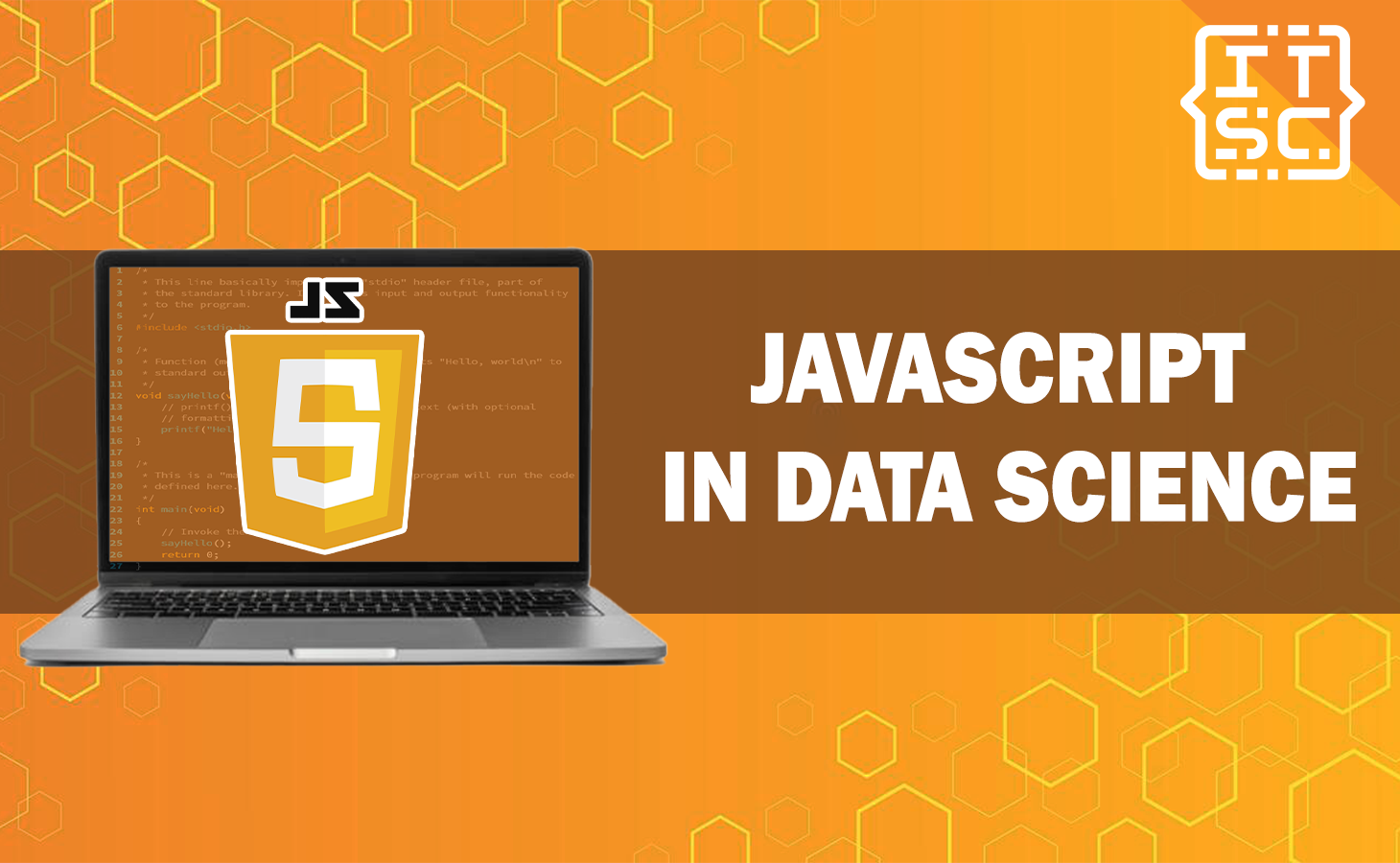In this article, we will delve deep into the world of JavaScript in data science, exploring its significance, applications, and libraries along with determining if we can use JavaScript in Data Science.
What is JavaScript?
JavaScript is a versatile and widely-used programming language that is primarily used for front-end web development.
It allows developers to create interactive and dynamic features on websites, making web pages more engaging and user-friendly.
JavaScript can also be used for server-side development (Node.js) and in various other software development contexts.
Here are some key characteristics and uses of JavaScript:
- Client-Side Scripting
- Interactivity
- Web Development
- Libraries and Frameworks
- Server-Side Development
- Cross-Browser Compatibility
- Asynchronous Programming
Can JavaScript used for Data Science?
JavaScript can be used for certain aspects of data science, but it is not as commonly used as other programming languages like Python or R for traditional data science tasks.
JavaScript is primarily known for front-end web development and client-side scripting, but it has been extended to support data-related tasks through various libraries and frameworks.
Here’s how JavaScript can be applied in the field of data science:
- Data Visualization
- Web Scraping
- Data Processing
- Machine Learning
- Data Analysis
- Database Acess
Embark on a journey of knowledge and discovery with our comprehensive Data Science Course.
Is JavaScript good for data science?
JavaScript is not typically considered the primary language for data science, and it is not as well-suited for data science tasks as languages like Python or R.
While JavaScript has certain libraries and tools that can be used for specific data-related tasks, it is not the go-to language for traditional data science for several reasons:
JavaScript Libraries used for Data Science
- D3.js (Data-Driven Documents):
D3.js is a powerful library for creating interactive and dynamic data visualizations in web applications. It allows you to bind data to the DOM (Document Object Model) and create a wide range of visualizations, including charts, graphs, maps, and more.
- Chart.js:
Chart.js is a simple and flexible JavaScript library for creating various types of charts and graphs, such as bar charts, line charts, pie charts, and radar charts. It’s easy to use and suitable for basic data visualization needs.
- Plotly.js:
Plotly.js is a versatile library for creating interactive, publication-quality graphs and charts. It supports a wide range of chart types and allows for interactive exploration of data.
- Pandas-js:
Pandas-js is a JavaScript library inspired by Python’s pandas library. While it doesn’t offer the same level of functionality as pandas, it provides basic data manipulation and analysis capabilities, making it useful for simple data preprocessing tasks.
- TensorFlow.js:
TensorFlow.js is a JavaScript library that allows you to build and train machine learning models in the browser or on Node.js. It’s a port of Google’s TensorFlow framework and can be used for tasks like image classification, natural language processing, and more.
- Brain.js:
Brain.js is a lightweight JavaScript library for neural networks and deep learning. While not as feature-rich as TensorFlow.js, it’s suitable for simpler neural network applications and can be used for tasks like pattern recognition.
- Tableau JavaScript API:
Tableau is a popular data visualization tool, and it offers a JavaScript API that allows you to embed interactive Tableau visualizations in web applications, providing a seamless integration of Tableau dashboards.
- Crossfilter:
Crossfilter is a library for multidimensional filtering and aggregation of data in the browser. It’s often used in combination with D3.js to create interactive dashboards and data exploration tools.
Conclusion
In conclusion, while JavaScript can be used for certain aspects of data science, it is not the most commonly used or ideal language for traditional data science tasks.
Python and R remain the dominant choices for data analysis, machine learning, and other data-related tasks due to their extensive libraries, robust ecosystem, and dedicated data science community.

